The Virginia Range Wild Horses
By George Yates
The Virginia Range is located in the Nevada high desert. It runs for some 30 miles north to south between Reno and Carson City, and spans of some 40 miles east to west. The area supports a substantial herd of wild horses (Figure 1); this article stems from our visit to the area for horse-watching and photography.

Figure 1: The wild horses are aware of our presence but are mostly habituated to humans. [ghy]
In 1955, Reno resident Velma Johnston, better known as “Wild Horse Annie”, led a movement to protest the ruthless manner in which wild horses were being rounded up by the Nevada Department of Wildlife for commercial purposes. The “Wild Horse Annie Act” was passed by Nevada in 1959. In 1971 the federal government followed suit, with the creation of the Wild Horse and Burro Protection Act of 1971. The Bureau of Land Management (BLM) protects and manages wild horses in balance with other public resource values on 177 herd management areas across 26.9 million acres of public lands. The Virginia Range is almost completely privately owned, so federal public lands management policies are not applicable. The Virginia Range mustangs are managed by the state of Nevada.
It has been over five centuries since the Spanish Mustangs arrived in North America, but they are technically a non-native species. The history of wild horses in North America has all the drama to be expected from any topic involving conflicting cultural, economic, and political interests. There is ongoing debate about whether the horses are indigenous or invasive; if they are wild or feral; or if they should be completely eradicated. Personally, I just like observing wildlife and taking their pictures.
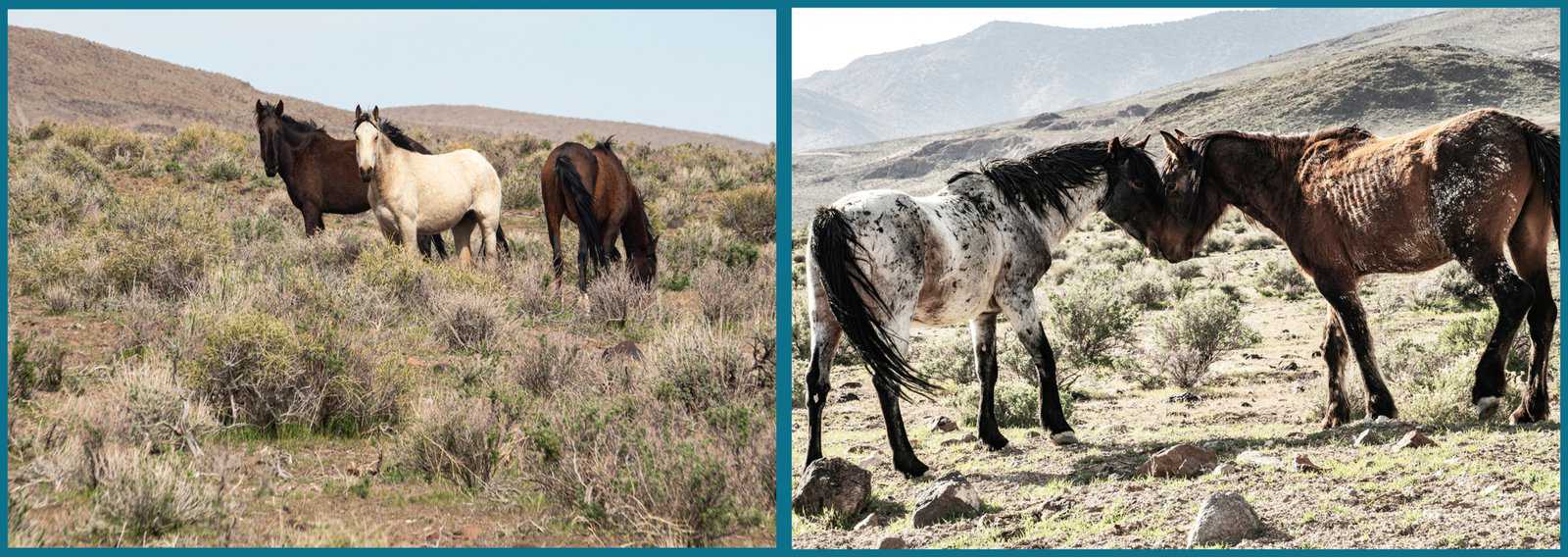
Figure 2: The left panel shows behavior I try to avoid photographing – a horse grazing, which is what they mostly do. The two watching me photograph them quickly lost interest when they determined that I was not a threat. The right panel shows greeting behavior. [ghy]
Although the majority of the horses roam areas away from human settlements, this trip gave me a very different take on the Urban-Wildlife Interface. Horse bands are often seen wandering the streets of the small towns along Hwy 50 and are mostly welcomed by the residents. These animals are fully habituated to people.
We drove into a development and spotted a band of around a dozen horses meandering toward a house, so we ventured onto private property to observe their behavior. The homeowner was very welcoming; he told me that he and his wife had lived there for about 25 years and really enjoyed the wild horses.
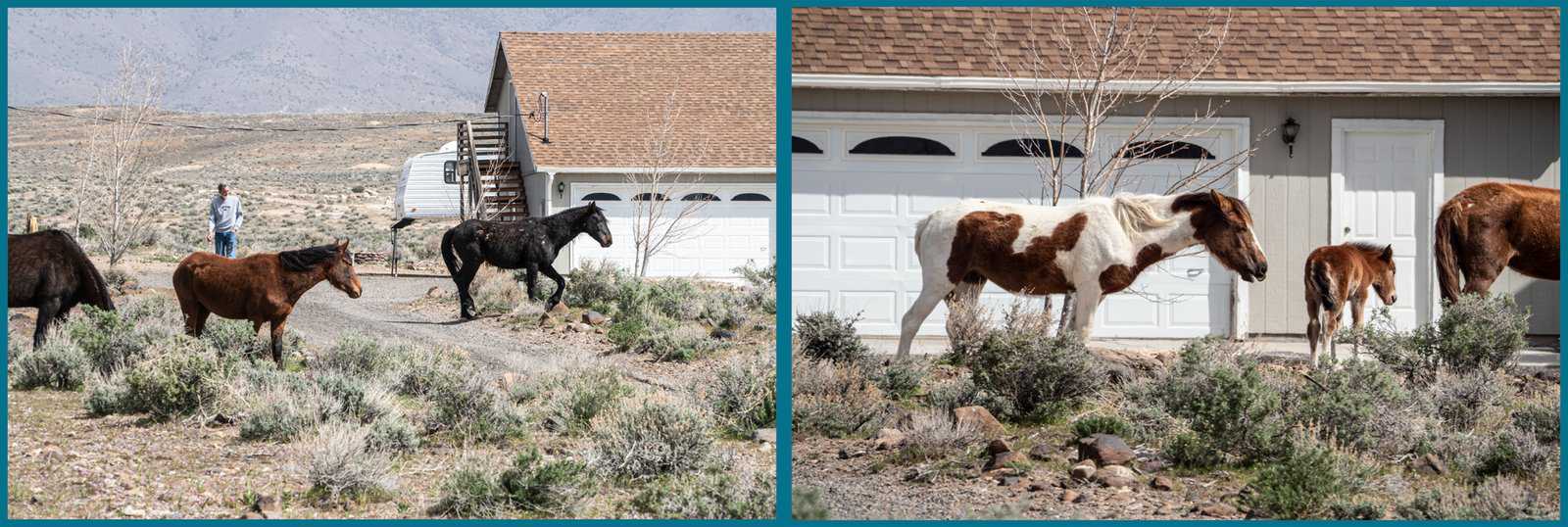
Figure 3: A small band of mustangs meandering in front of a home, completely ignoring the humans observing them. [ghy]
We watched the band stroll through the property(Figure 4), on their way to a water trough maintained by another homeowner. On the Virginia Range it is acceptable to put water out for these horses, but it is illegal to feed them.
The behavior of wild horses at water troughs is fascinating and I have observed it on at least two other occasions. There was already a band lined up to drink from the trough, each horse patiently waiting its turn. The band we were following simply queued up at the end of the line, as shown in Figure 5.

Figure 4: Left panel – on the way to water. Right pane – waiting a turn. [ghy]
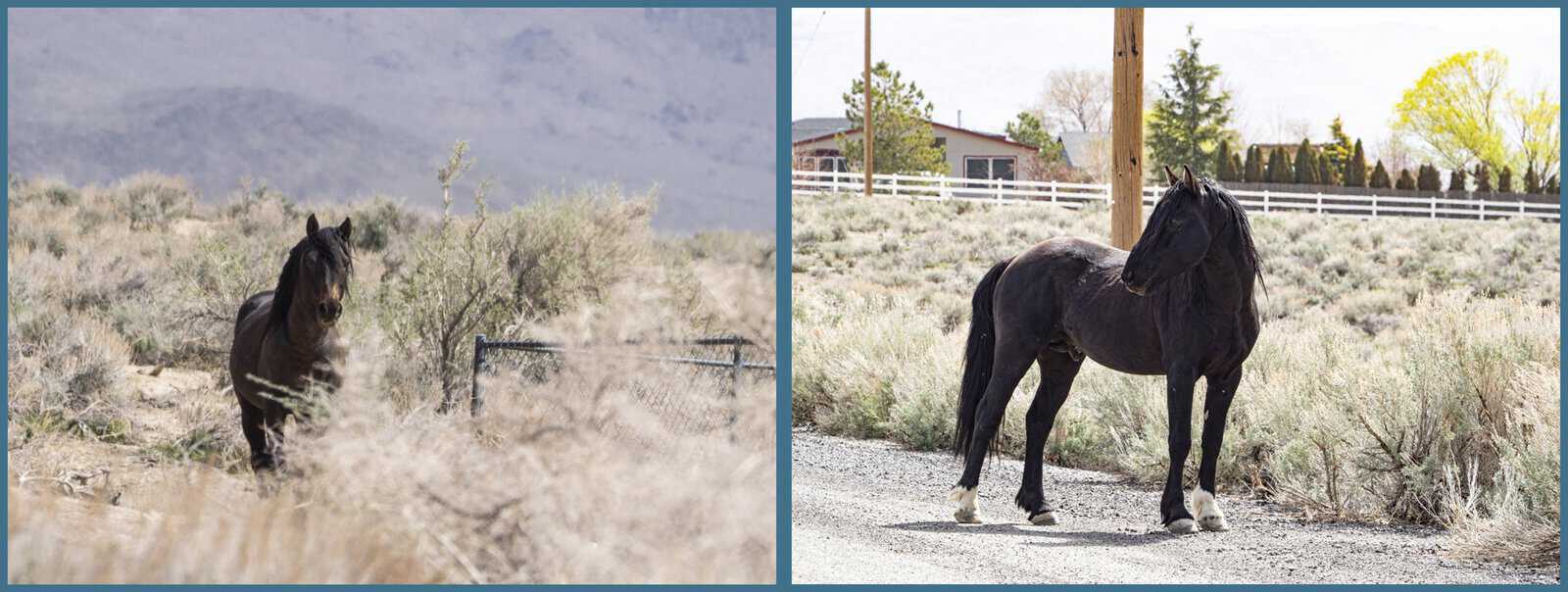
Figure 5: Left panel – exiled until he forms his own band. Right panel – stay away. [ghy]
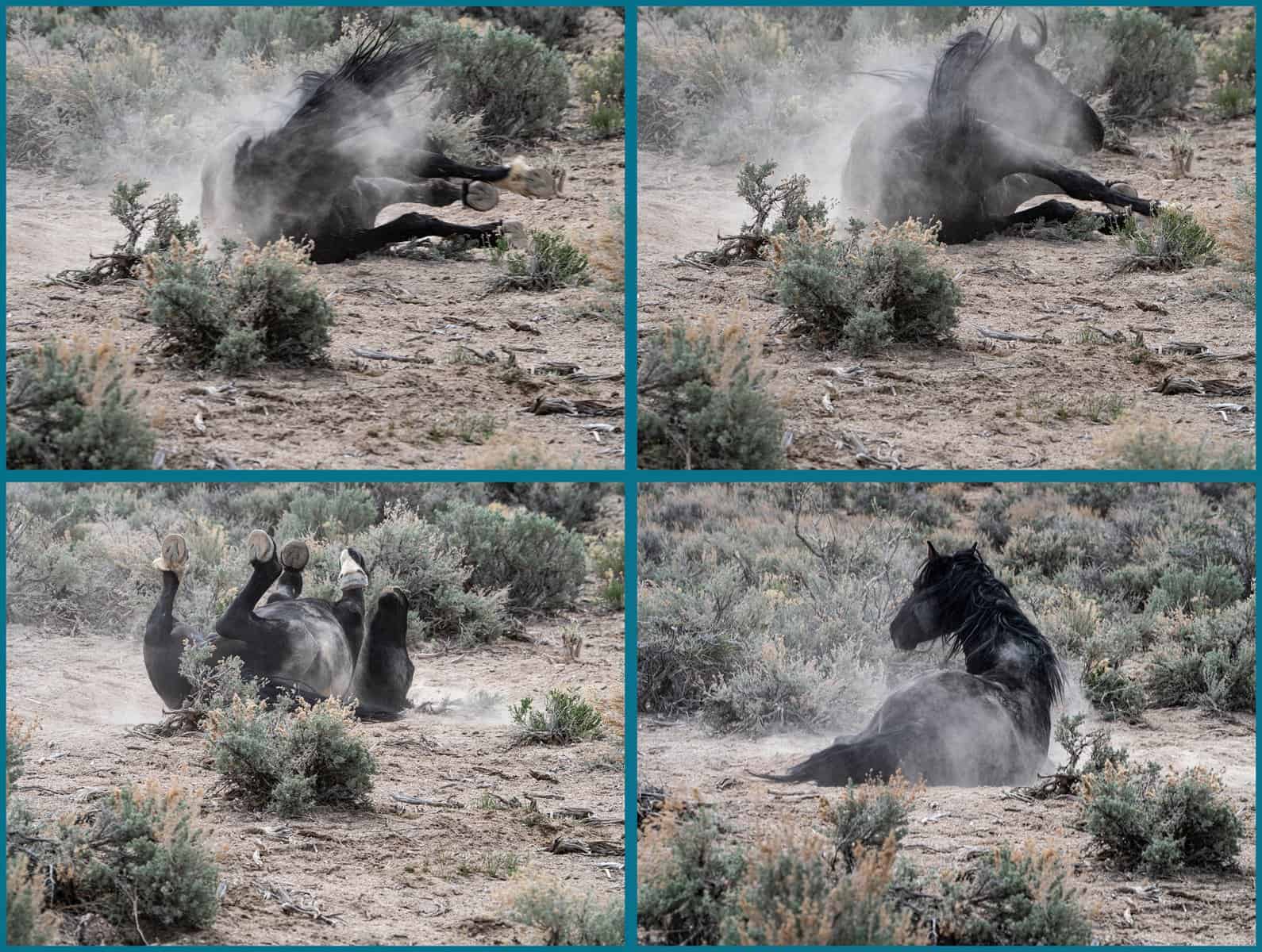
Figure 6: The stallion drops, rolls, and prepares to stand. [ghy]
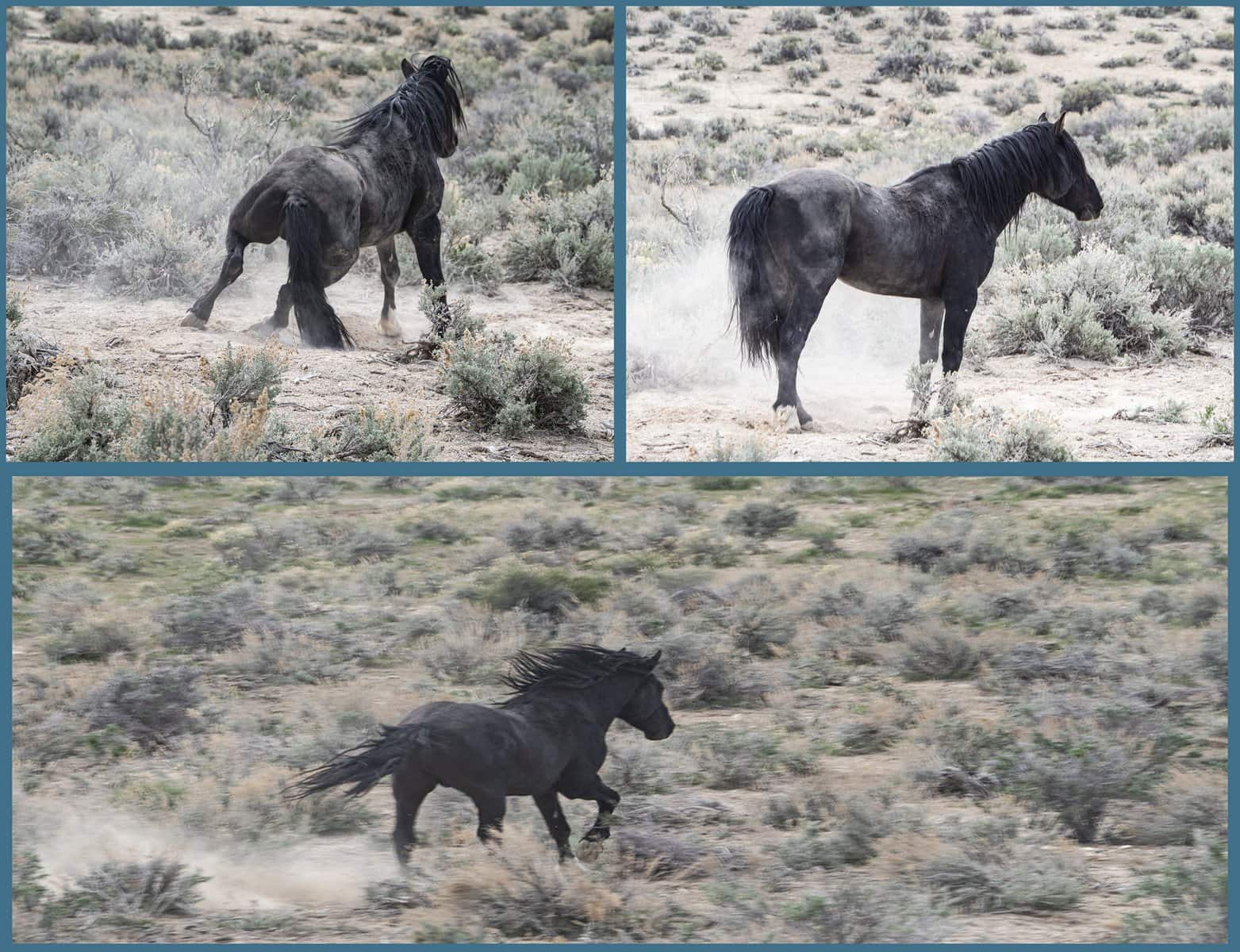
Figure 7: The stallion stands, shakes off the sand, and gallops across the field. [ghy]
At Washoe Lake State Park we were fortunate to witness more wild horse behavior. A bachelor stallion decided to enhance his life, and attempted to capture mares from the local band. A large dark brown stallion came galloping up to the parking area, and did what he had to do to protect his band.

Figure 8: The fight lasted less than two minutes with much snorting and whinnying. [ghy]
Despite legal protection and public support, these horses still face many challenges. One major concern is the rapid horse population growth, which can lead to overgrazing and damage to the range. Another is the risk of collisions between horses and vehicles on the roads within the range. There are significant high tech and industrial developments along Hwy 439 (a.k.a. The USA Parkway). Tesla, Google, and Microsoft have facilities under construction or planned. These will affect local herd behavior, but in an area small compared to the overall size of the Virginia Range.
The Wild Horses of the Virginia Range have a long and rich history, and they attract visitors from all over the world. They are a beautiful sight, and are thought of by many as a symbol of American heritage. For additional information: The Wild Horse Preservation League and the Virginia Range Wildlife Protection Association are volunteer non-profit organizations dedicated to keeping Nevada’s mustangs and burros wild and free.





Big thank you to you two for making it possible for me to enjoy watching those amazing wild horses!